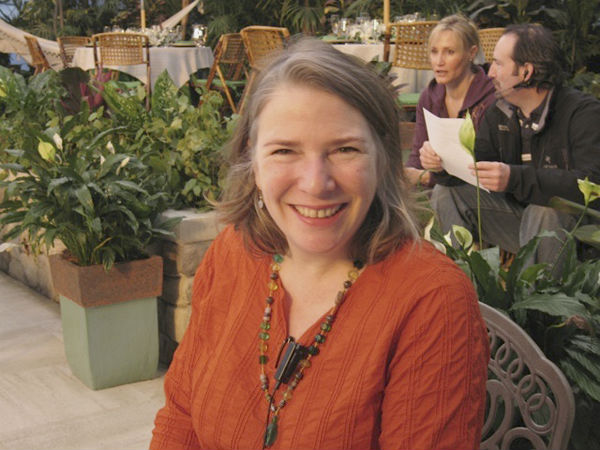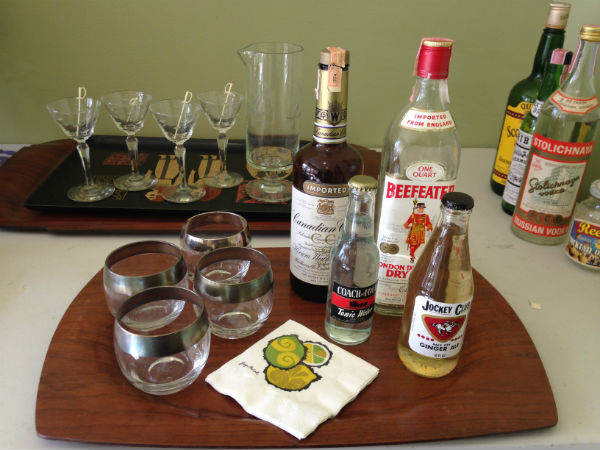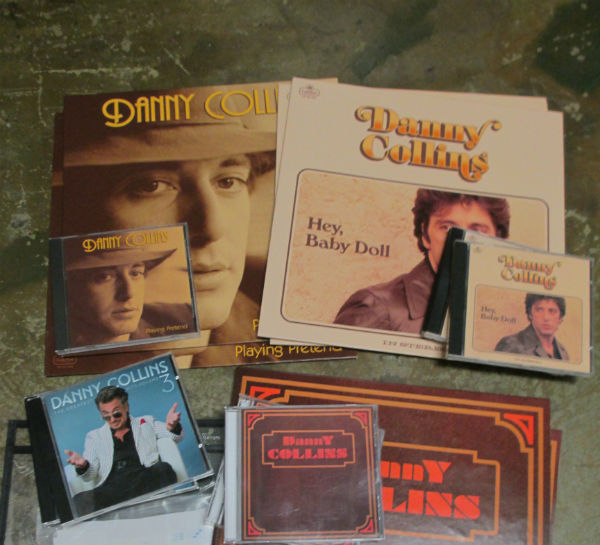Making the Character Whole: The Importance of Objects to Property Master Ellen Freund
“Every person I encounter is a collection of what they carry and what they wear,” said Hollywood property master Ellen Freund. “What kind of glasses? What kind of watch? Do they have a pen in their pocket? What else do they have in their pockets?” It is Freund’s job to bring characters we see onscreen to life in the same way, by assembling props that express their personalities and experiences. She has worked on AMC’s award-winning series Mad Men, films such as Night at the Museum and Tom Ford’s recent Nocturnal Animals, and is currently in production for the Netflix series 13 Reasons Why.
“I always try to start from the point of view of creating a character and telling a story. That’s what I love,” Freund explained. “Each character has objects that make that character whole. It’s what you carry in your pocket. It’s what you wear on your wrist. It’s what kind of eyeglasses you choose. It’s what’s in your purse. It’s those things that make you you.”

|
Situated in the art department, property masters oversee the procurement or production of props, as well as their maintenance and care. The amount of props required for a given production is staggering. The series 13 Reasons Why, for example, has 13 episodes, each of which has a 60-page script. Freund estimates that every page calls for ten to 12 distinct props. So when shooting an episode a week, Freund is responsible for roughly 600-720 objects. Sometimes props must be created, but very often it is a matter of searching for and acquiring the right items, whether that’s the latest iPhone, a personalized notebook, or a specific Bic pen from 1956. While some of these props are featured prominently in a show or film, many are seen on camera only for a split-second; sometimes, they are not seen at all. Yet even those props invisible to a viewer are crucial on a set. “Something [the actors] often said on Mad Men is they never opened a drawer without knowing that what was in that drawer was going to be something that belonged to them,” said Freund. “That enables an actor to stay in their character and that is a major contribution that I can make.”
How does a property master even begin to narrow down this near infinite shopping list? It starts with the script and proceeds with a great deal of collaborating with various production staff to establish some guidelines. “Let’s say I’m doing a film that has 12 main characters. Each one of those characters will have a gender, age, social strata, profession—all of those things that make a person who they are,” said Freund. “I’ll get together with the costume designer and the set decorator. What kind of furniture does this person have? Do they collect old dolls? Or do they have a teacup collection? What are the things that make this person this person?”

|
The nature of the work demands that prop masters are essentially encyclopedias about what objects are most appropriate for a given profession, age, time period, etc. “You are the one they turn to and say, ‘So when the ambulance pulls up, does the EMT have a belt on or a badge, and do they wear gloves?’” In order to answer these questions, Freund has to do an incredible amount of research. In many ways this has been made easier by the Internet, but Freund still prefers to speak with someone knowledgeable about the period or specific item. “I do as much [online] research as possible but I always try to get out in the world too,” she said. “It’s easy to sit at your computer and think you’re seeing the choice of every backpack a teenager could carry. But until you go out and stand near a high school and see what kids are actually carrying, until you’re looking at people and going to the mall where those kids would shop, you’re not getting a sense of what’s really there.”Even as she brings the idiosyncrasies of a character to life, it is also Freund’s responsibility to ensure these unique elements still form a cohesive production. “I’ll go to the production designer and see if we have a color theme,” she said. “If everyone else is creating a somber tone, I don’t want to show up with a yellow teacup. I want to make sure that what I do blends and supports with what everyone else does.”
When Freund is looking for an historical item, such as for Mad Men, she defers to collectors and specialists. Her “cadre of experts,” as she calls them, includes collectors of old bottles, pens, eyeglasses, and other miscellaneous items. One notable specialist is her “pen guy.” “The great thing about my pen guy is that he’s not a guy who collects fancy fountain pens,” she said. “He’s a guy who collects the Bic pen and he can tell me what every schoolchild would have carried in every year.”

|
Her detective work can occasionally turn into door-to-door searches for historic ephemera that most people would never think to save. “It’s easy to find the fancy stuff that people consider collectible,” she said. “It’s not easy to find the quotidian objects that people consider trash once they run out of ink or once the liquor is gone from the whiskey bottle. That’s when you have to delve deep and find people’s grandparents who have a liquor cabinet that’s been in their house from the ‘60s and they don’t drink a lot.” In some cases, it comes down to asking people, “Is your grandmother alive? Has she lived in the same house since the ‘50s? Would it be okay if I went through her garage?”
Her specialists also compel her to take on additional detective work to ensure absolute accuracy. “If I look on eBay and see a bottle that they say [is a] 1920s soda, I don’t really know that they know it’s 1920s soda,” she said. “I want to find the advertisement that shows me a picture of that bottle that’s actually dated from a magazine from 1920. Because if I put in a bottle and it’s 1923 [in the production], my bottle guy will surely call me up and say, ‘That bottle didn’t come out until 1928.’ That’s the phone call I don’t ever want to get.”
Then there is the question of age. Once she has found the perfect object, she has to make sure it looks appropriately used. “When I go to the paint department with an object, say a briefcase, I’ll go to them and say, ‘This briefcase is two years old and the character commutes every day on the train,’” she said. “So it’s rubbed around on the floor every day. Or [the character] bought it last week and is guarding it carefully, so there’s almost no aging to it. I have to make a choice with every object I bring into that character’s world.”
|
|
Sometimes finding an artist is the best way to find a unique item. She once turned to an artist in Petaluma, California, for the perfect “sad teacup” that fit a depressed character’s persona. For 13 Reasons Why, she found an artist in Detroit whose purses made from old mailbags were ideal for a character Freund described as a “rebellious artist.” “To me that’s the greatest find—one artist somewhere [whose work] doesn’t look like anything else,” she said. “If I can make something personal and at the same time I can spend my budget supporting the arts in addition to creating a character, then that’s what I’m in favor of. It’s an extension of voting with my dollar.”
Despite the incredible lengths Freund goes to in her work, she said the best mark of a job well done is not even realizing she had a job at all. “Honestly, you shouldn’t notice what I do,” she said. “You as a viewer should not notice it except to have it be part of the story. I don’t want [a prop] to leap out and take more than its fair share of your attention. You need to pay attention to the story, not the really cool watch [a character] wears.”


